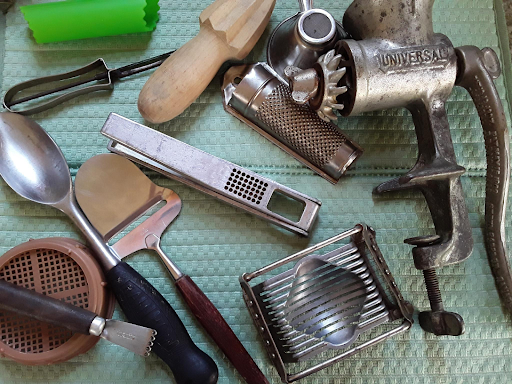While we may see our kitchen gadgets as modern amenities, these creative culinary devices have been around for ages. According to anthropologist Richard Wrangham, people have been using fire to cook for nearly two million years; and using primitive hearths for the purpose as early as 200,000 years ago.
As with any job, there are tools for the trade. By 7000 BC, earthenware entered the cooking arena; and by the time of the early Roman Empire, kitchens were equipped with metal cookware, and, you guessed it – a variety of kitchen gadgets. The most useful gadgets have endured and evolved over time, while others, like many of today’s offerings, were silly oddities not worth the space they took up.
Emma Kay and the Museum of Kitchenalia
Emma Kay, food historian, and owner of the Museum of Kitchenalia, is an expert on kitchen gadgets of yesteryear. Her private collection represents the UK’s rich culinary history with a goal to find, preserve, and interpret objects and memorabilia that are specifically related to the traditions and practices of the British kitchen, as well as the history of food in general.
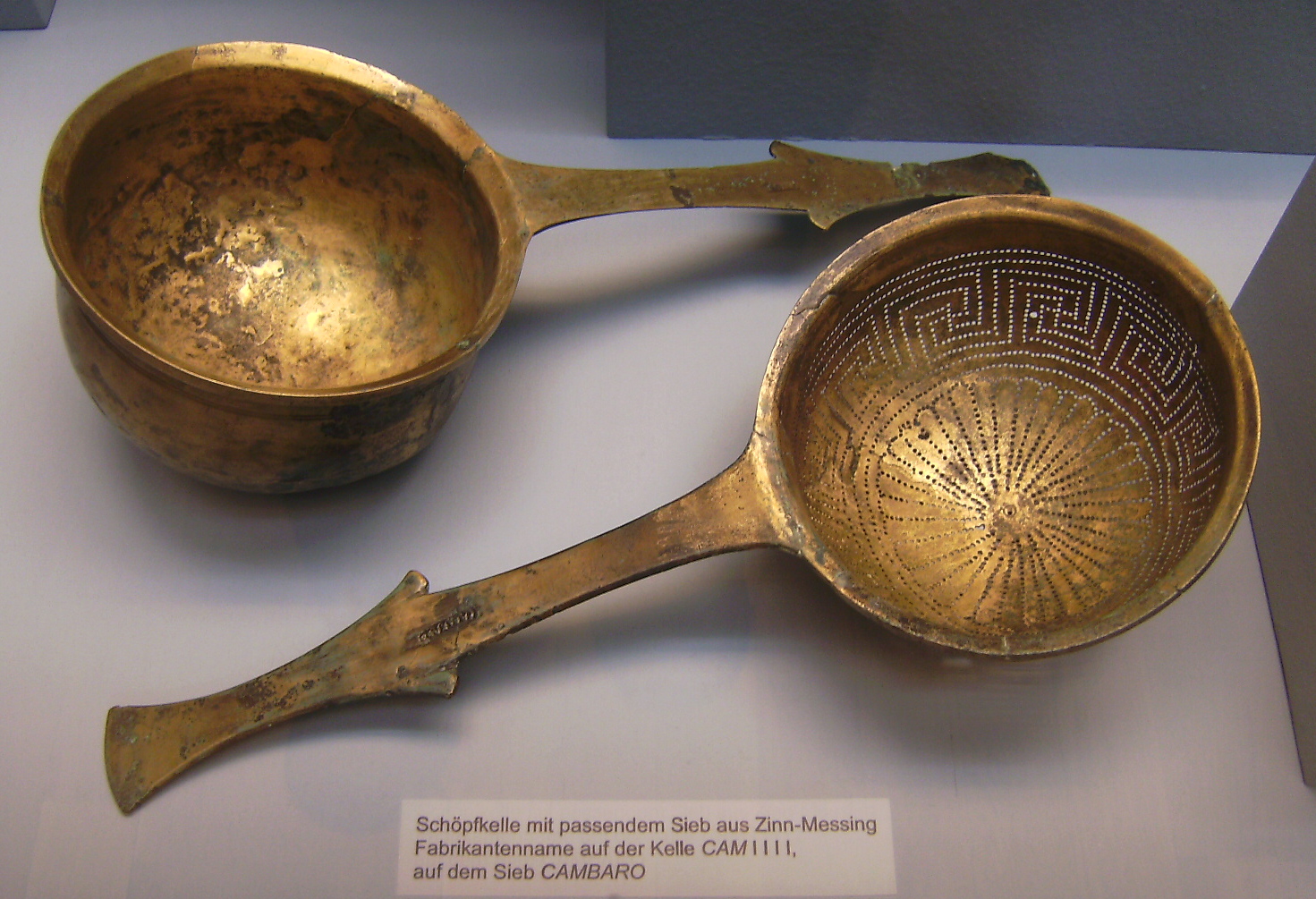
She has collected over three hundred items. “I started collecting about 15 years ago when someone gifted me a range of 1950s Denby Greenwheat tableware, it just snowballed from there. It’s not only gadgets I collect, but all kinds of Kitchenalia, from spoons to spits. As a food historian, I am always looking for that next tangible item that can connect me with the past.”
Emma feels that some historical food devices should be revived.“Two of my smallest items include a Victorian silver-plated orange peeler which is 12cm long and a couple of centimeters wide, like a small pen,” she said.
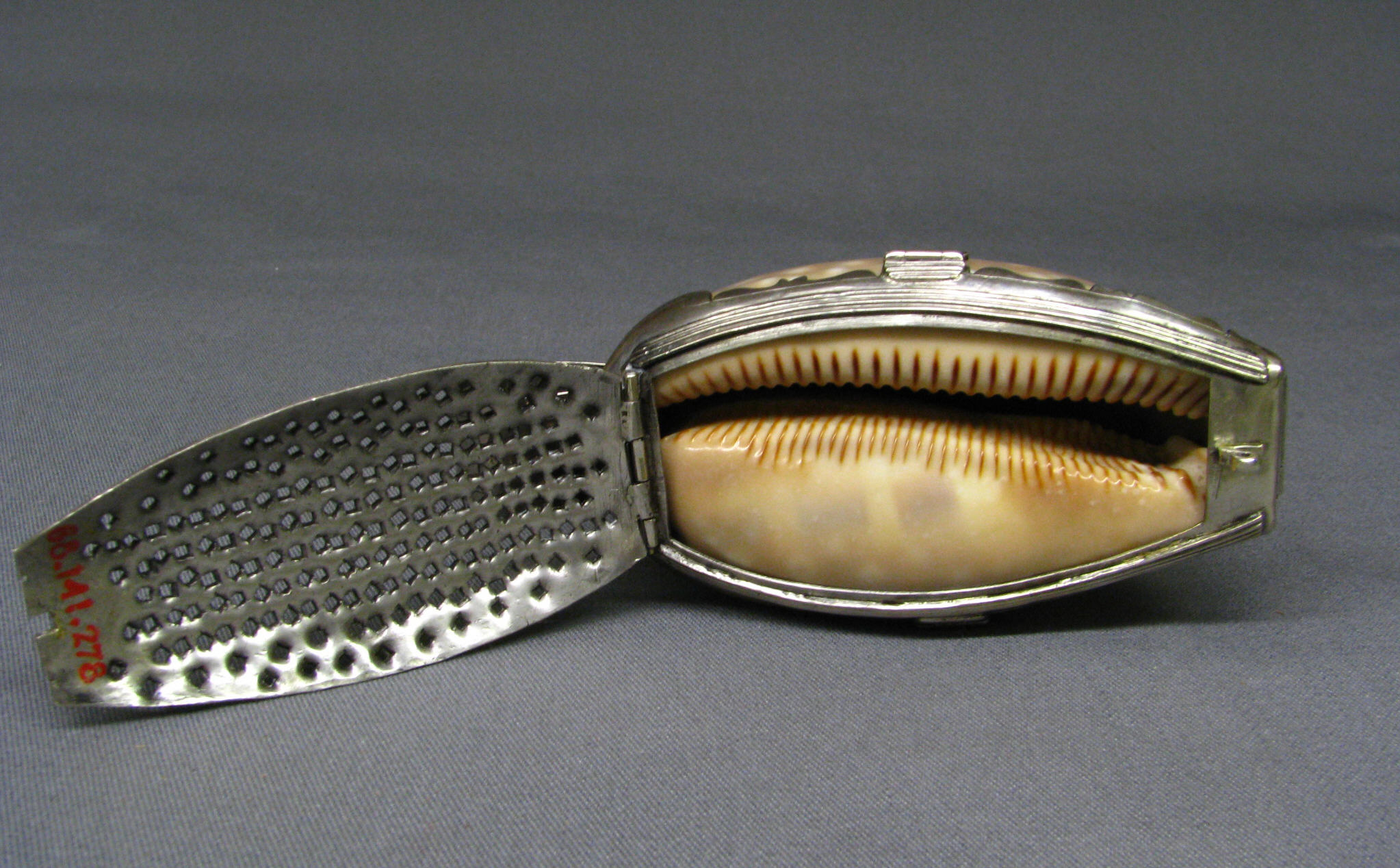
Success
You are now signed up for our newsletter
Success
Check your email to complete sign up
“Then there’s my portable nutmeg grater … which dates to the early 1800s.” This clever nutmeg case could be tucked inside a coat pocket or handbag, enabling you to add the spice to beverages and desserts when dining out with friends.
Some of the most brilliant concepts are steadily making a comeback, such as a brass precursor of the “velvety” hot chocolate frother that we use today. “You fill it with chocolate that has been mixed with cold or hot water, put the lid on, and vigorously froth the chocolate using a moulinet (or stirrer). This was how you made chocolate in the 1700s and 1800s,” Emma said.
The “Aztec blender,” or Metate, would be used to grind the chocolate. “A Metate is a saddle-shaped grinding stone, originally developed by the Mexicans to grind down beans, grains, and spices. The British had their own early medieval version … the way in which the Metate differs is that it is heated underneath by a small fire/hot coals to melt roasted cacao nibs…” Emma told BBC Food.
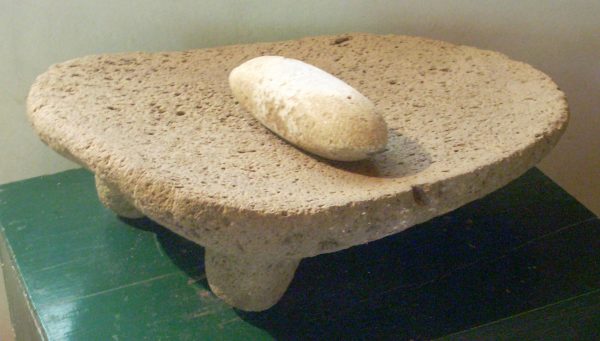
Even if it hasn’t exactly caught on, one of Emma’s favorite items is a 19th century Nailsea painted glass rolling pin. “Glass rolling pins at this time had two purposes, some were highly decorative and were often gifted by sailors to their wives or sweethearts,” Emma said. “Other standard glass pins were filled with ice to maintain a cold pastry.” Not everything is equally brilliant, however.
Referring to the less promising pieces, Emma was frank, “Personally, I have never understood grape scissors, what’s wrong with just scissors? And objects designed to hull berries? I also have a particular dislike of egg yolk separators. It takes seconds using the shell of the egg.”
“The Victorian era was all about invention, technological advancement, and the growth of mass consumerism. The Victorians loved their decorative ice molds and chocolate molds. Literally, hundreds of different varieties, in all shapes and sizes were manufactured in the 19th and early 20th centuries. I have a range of these, but the most ineffective is an asparagus ice mold made by the famous French mold maker Létang Fils.
“It does not perform very well,” she said. “The asparagus mold is leaky due to its shape and the pattern cut into it is not deep enough to leave a proper impression. You just end up getting a blob of thin ice.”
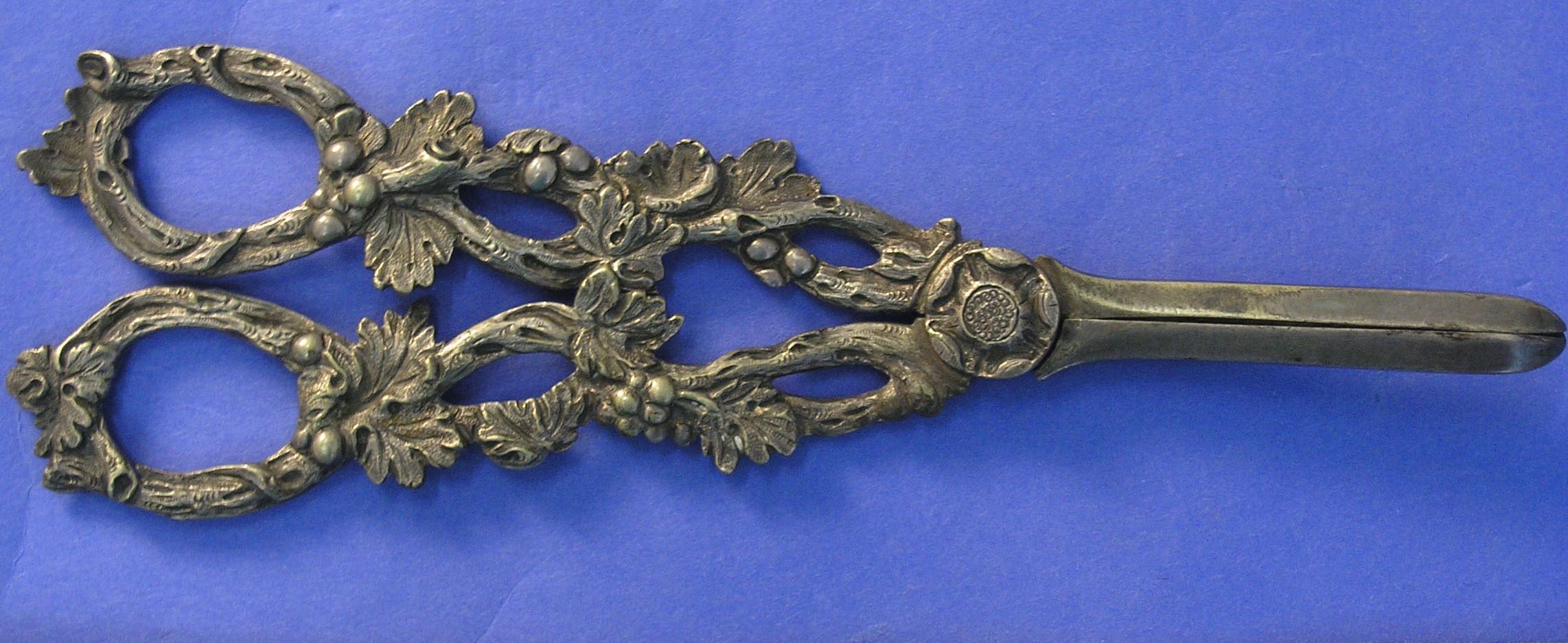
Not every item is deserving of being thrown into the garbage bin of technological history, however.
“A lot of older people remember the hand-held meat grinders, which were a big consumer product of the early twentieth century. These were used right up until the 1950s, as the best way to mincemeat,” Emma said, perhaps not realizing that they are still in use sporadically in the States!
Long-term relationships with kitchen gadgets
From the simple chopstick, introduced thousands of years ago and still one of the most widely used utensils today, to the stainless steel finger shield available on Amazon; kitchen gadgets continue to beguile and bewilder the best of us.
To determine whether a tempting new tool will endure the test of time, try to picture it in a traditional culture – would your grandmother have treasured such a gadget, or scoffed at it? Does it actually do something that nothing you already have can do just as well?
Look at the materials and where the item is made. Is it something you will be proud to have in your kitchen? More often than not, the best gadgets are the relics found at antique and thrift shops.
Ila Bonczek contributed to this report.



